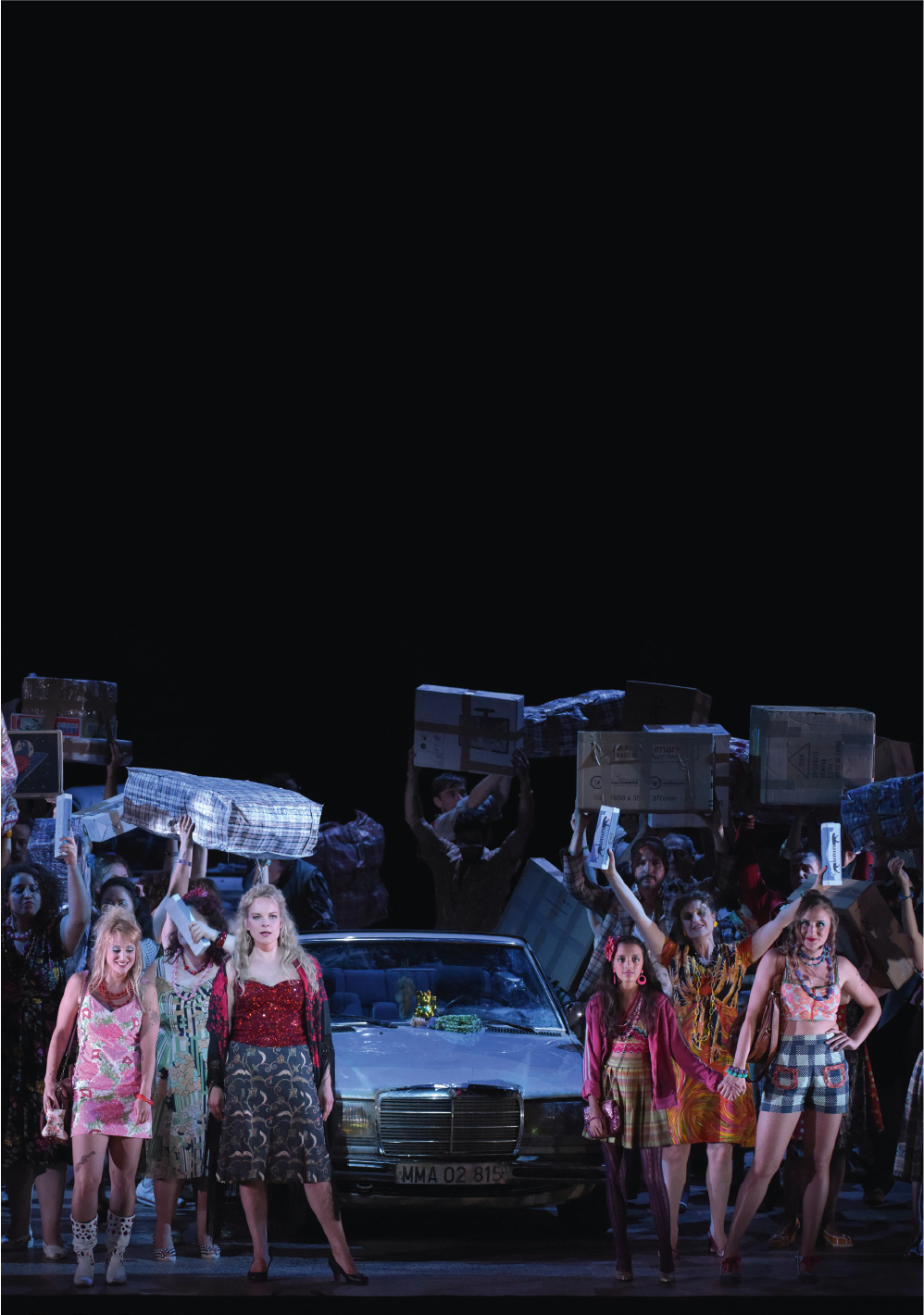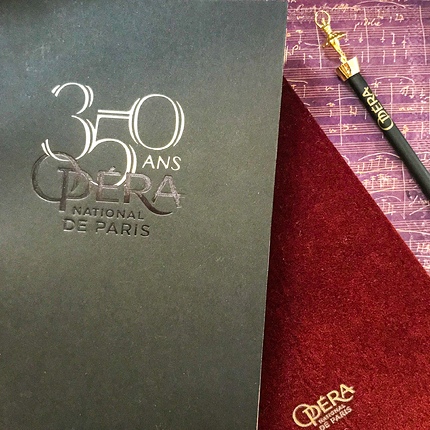Synopsis
After 20 dancers for the 20th century the Paris Opera Ballet is adding À bras-le-corps to its repertoire. Long-time friends from their student days at the Conservatoire, Boris Charmatz and Dimitri Chamblas have, since the early 1990s, cherished the idea of a choreography guided by the sensation of fatigue, creeping inertia, physical breakdown, and the spasms of a body drained of vitality. The pounding of feet and the sound of breathing, be it heavy or light, lend rhythm to a dance whose very proximity with the spectator precludes any escape for the dancers and the audience. With time, this choreography has evolved to embrace the maturity of the two men, the dancers’ experience leaving greater place for lightness, irony and energy. The nature of the project commits them to taking over multiple locations, new territories and infinitely diverse arenas. This season, it is the turn of the Opera Garnier’s majestic Rotonde du Glacier to be taken over “à bras-le-corps” by the two choreographers always eager to meet audiences outside traditional live performance venues.
Duration : 0h40 no interval
Artists
New to the repertoire
Creative team
Cast
Les Étoiles, les Premiers Danseurs et le Corps de Ballet
Recorded music
Media
Access and services
Palais Garnier
Place de l'Opéra
75009 Paris
Public transport
Underground Opéra (lignes 3, 7 et 8), Chaussée d’Antin (lignes 7 et 9), Madeleine (lignes 8 et 14), Auber (RER A)
Bus 20, 21, 27, 29, 32, 45, 52, 66, 68, 95, N15, N16
Calculate my routeAt the Palais Garnier, buy €10 tickets for seats in the 6th category (very limited visibility, two tickets maximum per person) on the day of the performance at the Box offices.
In both our venues, discounted tickets are sold at the box offices from 30 minutes before the show:
- €25 tickets for under-28s, unemployed people (with documentary proof less than 3 months old) and senior citizens over 65 with non-taxable income (proof of tax exemption for the current year required)
- €40 tickets for senior citizens over 65
Get samples of the operas and ballets at the Paris Opera gift shops: programmes, books, recordings, and also stationery, jewellery, shirts, homeware and honey from Paris Opera.
Palais Garnier
- Every day from 10:30 a.m. to 6 p.m. and until performances end
- Get in from Place de l’Opéra or from within the theatre’s public areas
- For more information: +33 1 53 43 03 97
Online
Palais Garnier
Place de l'Opéra
75009 Paris
Public transport
Underground Opéra (lignes 3, 7 et 8), Chaussée d’Antin (lignes 7 et 9), Madeleine (lignes 8 et 14), Auber (RER A)
Bus 20, 21, 27, 29, 32, 45, 52, 66, 68, 95, N15, N16
Calculate my routeAt the Palais Garnier, buy €10 tickets for seats in the 6th category (very limited visibility, two tickets maximum per person) on the day of the performance at the Box offices.
In both our venues, discounted tickets are sold at the box offices from 30 minutes before the show:
- €25 tickets for under-28s, unemployed people (with documentary proof less than 3 months old) and senior citizens over 65 with non-taxable income (proof of tax exemption for the current year required)
- €40 tickets for senior citizens over 65
Get samples of the operas and ballets at the Paris Opera gift shops: programmes, books, recordings, and also stationery, jewellery, shirts, homeware and honey from Paris Opera.
Palais Garnier
- Every day from 10:30 a.m. to 6 p.m. and until performances end
- Get in from Place de l’Opéra or from within the theatre’s public areas
- For more information: +33 1 53 43 03 97
Online
Partners
-
With the support of AROP








































